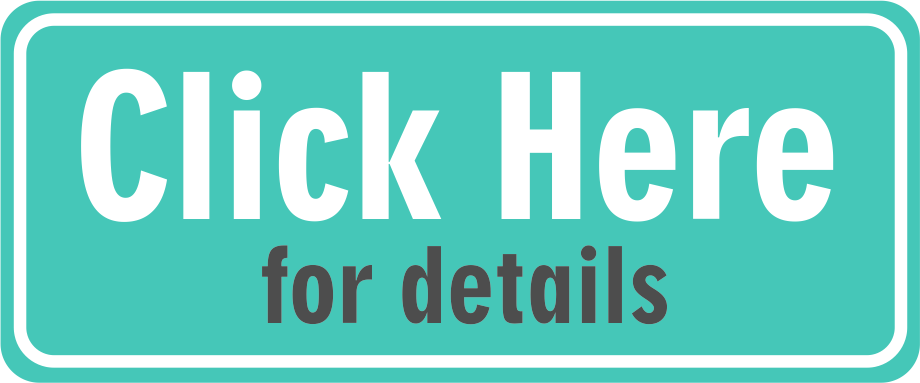By Annalisa Corti
There’s a specific kind of tired that only coaches and consultants know. It’s not about long hours or back-to-back Zoom sessions. It’s the fatigue that comes from feeling like you’re doing more work than your client — emotionally, strategically, even energetically.
Are You Over-Functioning?
This dynamic — where the coach works harder than the client — is more common than most of us admit. And it’s especially painful for women in service-oriented leadership roles.
We’re conditioned to help, to fix, to fill in the gaps. But when our client disengages and we respond by doubling our effort, we’re not serving the process — we’re slowly draining ourselves. I’ve been there. More than once.
A few years ago, I was working with a consultant — let’s call her Maya — who wanted support restructuring her service packages. She had all the tools. She’d taken courses, read books, had a clear market. But she felt stuck.
I dove in. We mapped her client journey. We simplified her pricing. I offered worksheets, prompts, even rewrote some of her copy — all while she nodded along, smiled, and told me it was “exactly what she needed.” But she did nothing.
Week after week, she returned with new reasons why she hadn’t implemented. Her energy dropped. My energy initially rose carrying the spark for both of us.
I told myself it was temporary. I told myself I was helping.
But in truth, I was working harder than she was, and it wasn’t sustainable. The turning point came when I started using the EPA behavioral test, asked her to take it, and saw in her scores how to make everything click.
The Behavioral Roots of Over-Functioning
Through the EVO Potential Analysis (EPA), I began to understand that some clients look ready, but are actually stuck in patterns that make collaboration hard.
Here are the three traits I now watch most closely when I feel the urge to “take over”:
- Collaboration: This trait shows how naturally someone shares responsibility. A low score doesn’t mean they’re selfish — it means their default is independence or withdrawal. Without awareness, these clients unintentionally lean back… and you lean in.
- Accountability: This reflects how willing someone is to own their part in outcomes — especially when things go sideways. A low score often correlates with blame-shifting, avoidance, or perfection paralysis.
- Leadership: Not the external kind — the internal kind. This trait reveals how much agency a person feels over their own life. Low scores often come with passive behavior masked as politeness or confusion.
When you see these three traits together in someone’s EPA profile, you know you’re working with someone who may say they want change… but who might reflexively hand you the wheel when the road gets bumpy.
And if you’re not careful, you’ll take it.
A Healthier Way to Lead
What changed for me wasn’t just using the EPA. It was what the data allowed me to do:
- I could now name the dynamic early.
- I could bring it into the conversation without blame.
- I could create checkpoints, co-design boundaries, and stay in my lane — while still holding powerful space.
- Most importantly, I stopped feeling resentful.
Because I finally understood: this isn’t about me being too much. It’s about them not yet knowing how to show up fully — and that’s where the real work begins.
If you’ve ever walked out of a session feeling like you carried the whole thing…
If you’ve ever questioned your own boundaries, process, or professionalism because a client kept leaning on you…
If you want to keep giving your best — without burning out — let a behavior map pave the way forward.
I created the EPA Partnership Program to share this tool with coaches and consultants who are ready to lead with insight, balance, and mutual responsibility.
Should you be curious, there’s more info here: bit.ly/epapartnershipprogram














